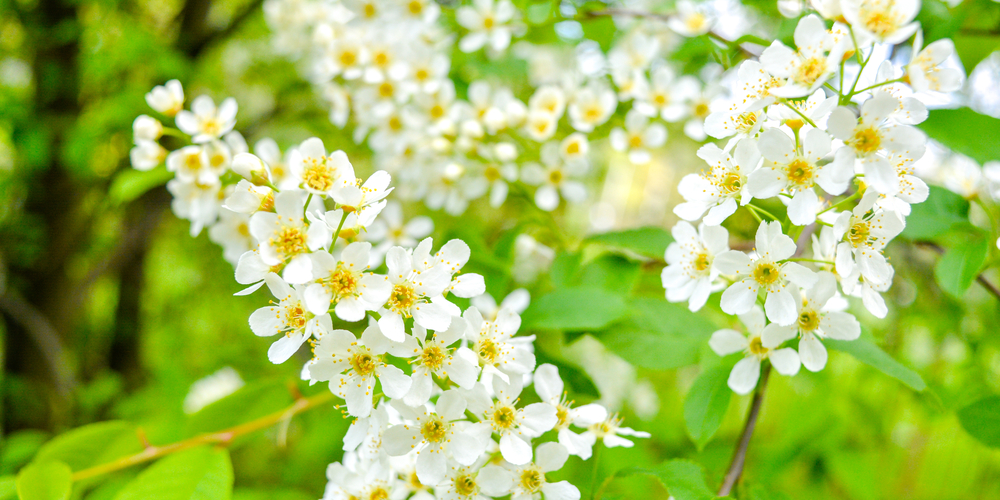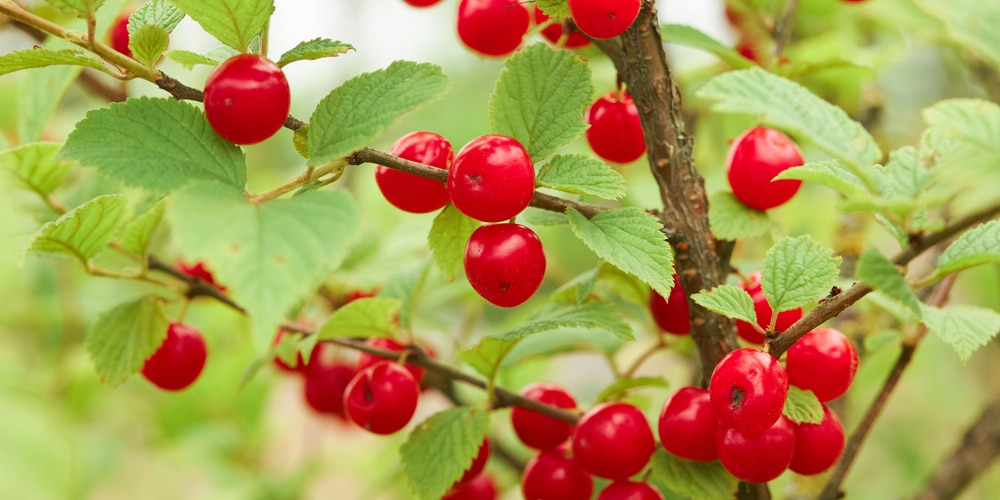Who doesn’t love the way cherry blossom trees look in the spring? With their fragrant and delicate flowers, these trees are a joy to the senses. They look stunning and smell pleasant. If you are looking for a fruit tree that will make your yard more attractive, you should consider getting a cherry tree. You can find varieties with light pink to ivory white blossoms.
But can cherry blossom trees grow in Pennsylvania? And what can you do to recreate optimal conditions in your garden for their survival? To find an answer to these questions, you’ve landed in the right place.
Quick answer
Cherry trees can grow almost anywhere in the United States and live between thirty and forty years. You can grow them in Pennsylvania, but you have to ensure you meet their basic requirements.
The good news is that Pennsylvania has the ideal climate for growing most trees. It offers low hot summers and mild winters, with occasional frosts. With adequate care, you won’t have issues growing trees in Pennsylvania.
Of course, to be successful, you must choose varieties that work well in your hardiness zone. And even then, you will have to be careful with trees that don’t do well in low temperatures. But let’s find out how cherry blossoms do in Pennsylvania!
Can Cherry Blossom Trees Grow in Pennsylvania?
Cherry blossom trees are valuable plants. But don’t mistake them with the cherry trees that produce fruits. Cherry blossoms are the trees we associate with Japan, where each year, flower-viewing festivals take place, a practice that dates back to the 700s.
There are hundreds of varieties of cherry blossom trees, so you shouldn’t have problems finding the perfect one for your yard. These trees can grow almost anywhere in the United States and live between thirty and forty years under optimal conditions. However, they do best in USDA hardiness zones between 5 and 8. So, you can grow them in Pennsylvania, but you have to ensure you meet their basic requirements.
For starters, you must plant your tree in a location that receives plenty of sunlight. These trees need at least six hours of direct sunlight per day to produce the bright-colored flowers we so much love about them. Plus, the soil must be well-draining and rich in nutrients. Add some mulch around the base of your tree to increase water retention and regulate the temperature around your plant. This practice will protect your tree from frost damage during Pennsylvania winters.
Cherry blossom trees usually grow between 15 and 30 feet high. Plant them somewhere that can accommodate their growth without obstructions.
Cherry Blossom Tree Care: Our Tips
Despite what you may be thinking, growing cherry blossom trees isn’t as complicated as it may look. You can enjoy their blooms every year if you offer these plants all they need to thrive. Indeed, once established, these trees require little to no maintenance from your side.
While you should water your tree regularly, avoid overdoing it: cherry blossom trees don’t like sitting in soggy soil. Instead, water them when the ground feels dry. Increase frequency during the summer, when the temperatures get extremely hot. These plants thrive in various conditions and don’t mind sandy, loamy, or clay environments. All you have to ensure is that the drainage is good.
Contrary to other trees, cherry blossoms don’t need regular pruning. Only do it if necessary. And if you decide to eliminate old and unhealthy branches, do so between May and August to minimize the stress to your plant.
Always keep an eye out for pests and diseases. Check your plants’ leaves regularly to ensure your tree is not suffering from insects attacks or fungal infections. Some of the most common problems you may encounter include Silver Leaf Fungus, which attacks cherry blossoms and might cause your plants’ leaves to look silver. Pruning your cherry blossom makes your tree susceptible to this disease. To prevent it, make sure you only use sterile tools.
Another condition that might affect your tree is Black Knot Fungus: if you notice brown growth on the joints of the tree, cut them to prevent the spread of this fungal infection.
Last but not least, aphids also like to attack this plant. They feed on the tree’s sap and can cause leaves to curl or stunt. Spray your tree with cold water to limit the spread, or try a suitable insecticide if the problem gets serious.
Can Cherry Blossom Trees Grow In Pennsylvania?: The Bottom Line
In short, yes: you can grow blossom trees in Pennsylvania, but you can’t expect results without taking adequate care of your plant. Ensure you meet this tree’s basic requirements and take prompt action if you notice something is off with it.
You may also like: Can You Grow Apricots in Pennsylvania?


